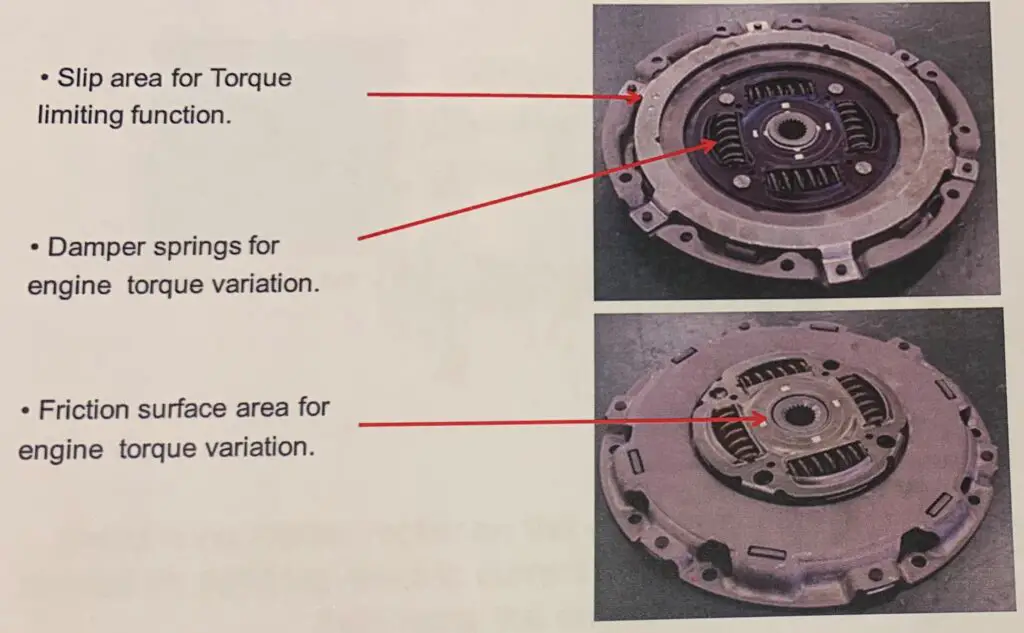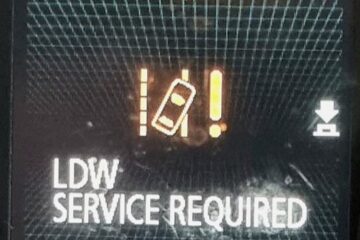The front transaxle F1EKA has in Outlander PHEV.
- End Ezoic - wp_under_page_title - under_page_title -->This transaxle offers the following features that are really clever:
Two driving forces, the electric motor and the engine torque are transmitted to one differential drive gear, thus realizing compact size.
High-precision gears are adopted. These gears are characteristic of high-level quietness and support the electric motor running at high speed.
A compact and lightweight hydraulic clutch mechanism change the driving mode to parallel hybrid mode.
The driving forces (by the electric motor and the engine) are transmitted to the wheels without shifting gears. In the low-speed range, the electric motor drives the wheel. In high-speed range, the engine drives the wheels. In this way, high efficiency is realized.
EV driving mode
In EV mode the front wheels (and rear wheels) are driven through the primary and secondary gear sets. In this mode, the engine is not started and the generator does not generate any power. EV mode switch information is here:Mitsubishi Outlander PHEV EV Mode Switch.
Series Hybrid mode:
If the battery is low or the requested power is high the Series mode is activated. First, the generator is activated to crank the engine with 200rpm, then the engine is started and the generator of power can start. If the battery level is low the energy generated by the generator can also charge the battery. In case the demand for power is high the generator can generate up to 70KW and feed directly to the front motor which then can create 60KW output (after loss). During driving in series mode the engine runs at approximately 1700rpm if the accelerator is released it lowers to 1100rpm. When the car comes to a standstill the engine is stopped. In case the battery is activated the engine keeps running at 1100pm when he can come to a standstill.
Parallel hybrid mode
From 65km/h the parallel mode can be activated, this will be if the battery SOC is below 30%. Normally the vehicle drives on the electrical motors either EV mode or Series hybrid mode till 120km/h. If the parallel mode is requested the engine speed is synchronized with the front motor speed and then the clutch is engaged. Clutch engagement is done through the clutch control proportional valve controlled by the PHEV-ECU
The oil pressure to activate the clutch is created by an oil pump which is driven by the wheels. If the car is standing still there is no pressure thus the clutch cannot be engaged. This is done for safety reasons. In parallel mode, the engine speed is 1500rpm at 65km/h and 3200rpm at 120km/h
Although the car drives in parallel mode and there is no torque request for the electrical motors, the electric motors are still controlled with a 2-5% load. This is done to eliminate the uncontrolled magnetic field which would be generated by rotating the electrical motors with high speed and no load. This friction brings power loss which increases rapidly above 165km/h.
Peak torque limiter /clutch/

The peak torque limiter is located between the engine and the transaxle (flywheel side). The construction is similar to the clutch for manual transmission. But it doesn’t have a release bearing and fork, it cannot be disengaged. When a big torque difference is applied it will slip into the engine and generator damage. If any fault in the system you can see it on the dash warning, and the fault code can be readable with the diagnostic machine.


0 Comments